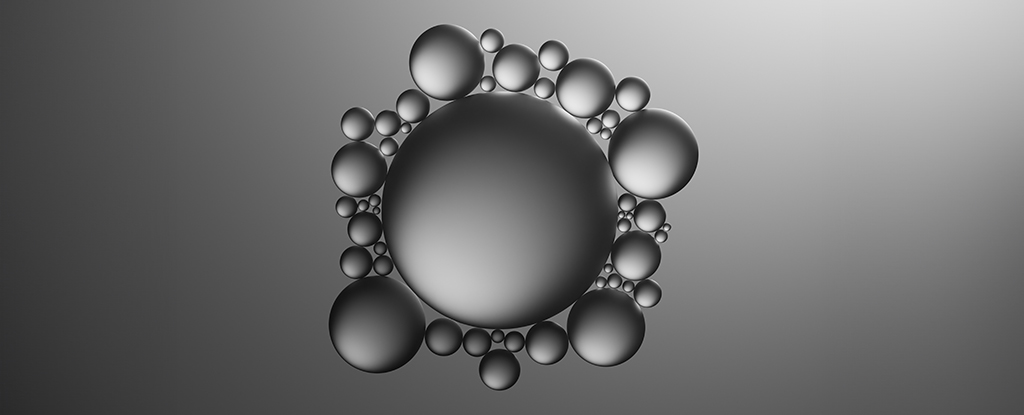Unlike human relationships, particle physics is strict when it comes to the dictum ‘like repels, opposites attract’. In the same way that the same poles of any two magnets resist touching, negative and positive charges have a universal aversion to their own company.
Yet chemists at the University of Oxford have uncovered a tale in a test tube that demonstrates love will always find a way. Even between particles of the same charge.
“I still find it fascinating to see these particles attract, even having seen this a thousand times,” says the study’s lead author, Sida Wang.
Suspend multiple electrons in a complete vacuum and they’ll stare electromagnetic daggers, pushing each other apart with a force represented by Coulomb’s law. Likewise, protons in the emptiness of space will also be forced apart by virtue of their shared positive charges.
On the other hand, mix it up with particles dominated by different charges and watch the fireworks ensue. Literally in fact – chemistry wouldn’t be the same without Coulomb’s law driving the soap-opera dramas of atomic love triangles.
To keep things simple, chemists assume this law holds as true for charged particles floating in a solution as it does for those same particles in a vacuum. Wang and his team considered the possibility that the rules might not be quite so simple when a solvent is involved.
In a range of experiments based on silica particles in different kinds of solution, the researchers measured factors such as acidity and molecular structure of the solvent to determine the strength of particle interactions. Using an optical microscope, they also calculated the distributions of particle densities.
It was clear based on their observations that the negatively charged silica particles in water-based solutions didn’t push apart as they would in an ideal, empty space. Far from it – they actually drew together.
A possible explanation could be found in examinations of the solution’s pH, which affected the strength of the attraction when modified from a relatively acidic 4 to a rather basic 10.
Oddly, silica particles tweaked to have a positive charge didn’t behave this way at all, at least not in aqueous solutions. Further experiments using alcohol as a solvent provided a prime opportunity for positively charged particles to draw closer together, however.
These newfound attractive forces were observed over long ranges, and were counteracted by the expected repulsion at shorter distances.
Though the interactions between particles and the solvent are complex, it’s clear they’re significant enough to overwhelm the ever-present Coulomb forces that ordinarily force apart particles dominated by the same charge.
In what the researchers refer to as an “electrosolvation force“, the structure of the solution and its own charged components interact with the surfaces of suspended particles in a way that creates a net attractive force, drawing the silica into clusters in spite of their repulsion.
The findings could have significant implications in just about any area of science where the movements of charged particles in a solution is important, potentially informing advances in anything from pharmaceutical development to understanding diseases, and designing new kinds of nanotechnology.
“Like-charged molecules in solution may in fact experience a counterintuitive strong and long-ranged attraction, even under physiological conditions,” Wang and colleagues conclude.
Suddenly human romance doesn’t seem quite so complicated.
This research was published in Nature Nanotechnology.





